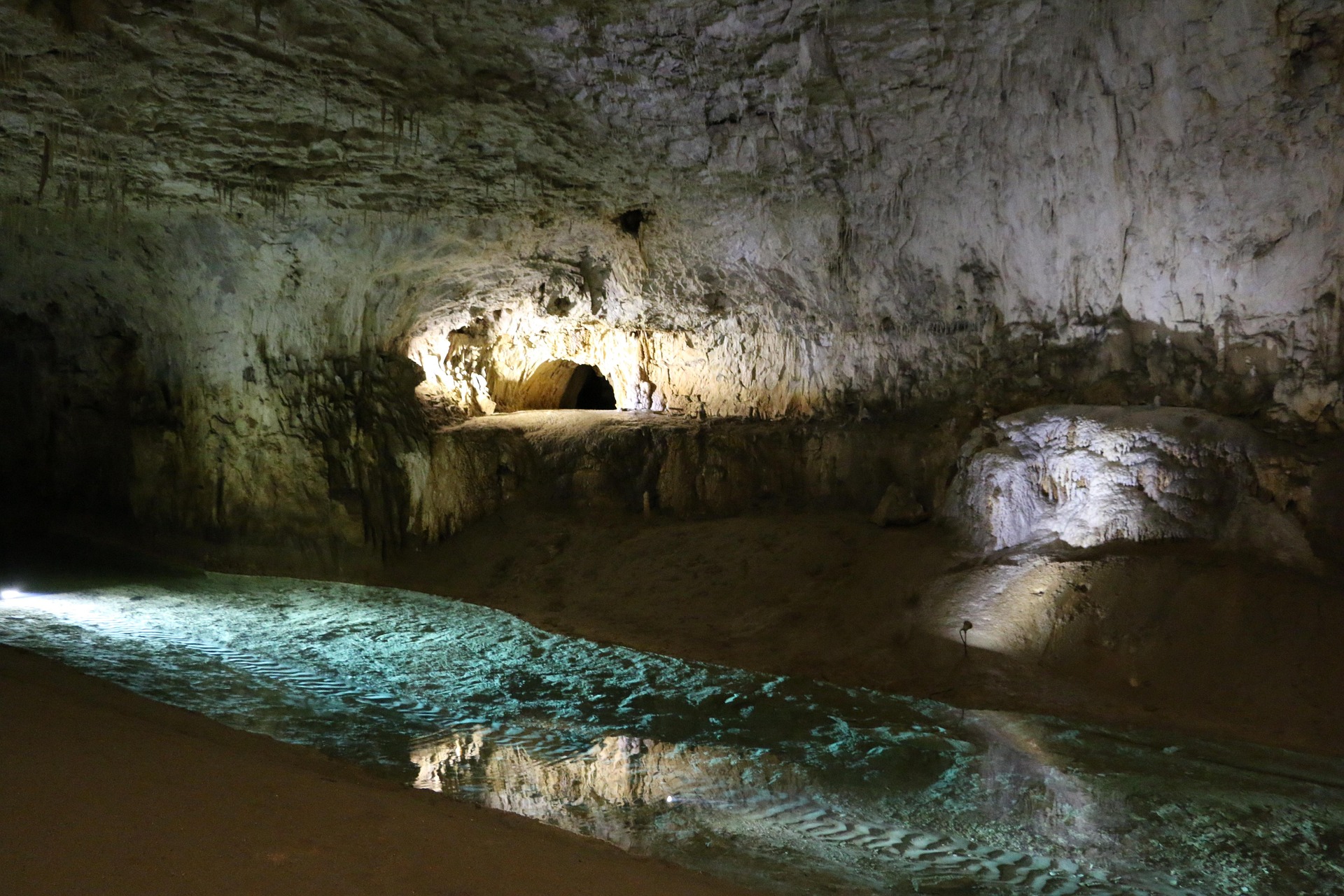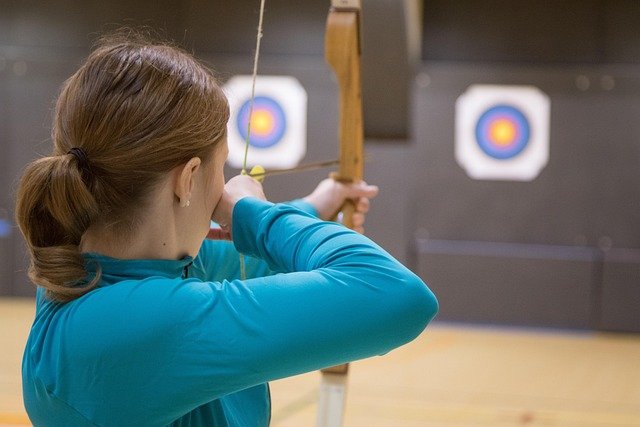Avant-Garde Operas: Pushing Boundaries in Modern Music Theater
In the hallowed halls of traditional opera houses, a revolution is quietly unfolding. Avant-garde operas are challenging conventions, blending genres, and redefining the very essence of musical storytelling. This contemporary movement is not just reshaping the art form; it's attracting new audiences and sparking critical debates about the future of opera. From experimental compositions to groundbreaking staging techniques, these innovative productions are breathing new life into a centuries-old tradition.

Breaking Free from Traditional Narratives
One of the most striking features of avant-garde operas is their departure from conventional storytelling. While traditional operas often rely on linear narratives and historical or mythological subjects, modern composers are exploring abstract concepts, personal experiences, and current social issues. For example, Kaija Saariaho’s L’Amour de Loin delves into the nature of love and longing through a dreamlike, non-linear narrative structure.
Embracing Technology and Multimedia
Avant-garde opera productions are increasingly incorporating cutting-edge technology to enhance the audience experience. Projection mapping, virtual reality, and interactive elements are being seamlessly integrated into performances. The Dutch National Opera’s production of Michel van der Aa’s Blank Out utilized 3D projections and live video feeds to create a multi-dimensional storytelling experience that blurred the lines between reality and illusion.
Challenging Vocal Traditions
While classical vocal techniques remain a cornerstone of opera, avant-garde composers are pushing singers to explore new territories. Extended vocal techniques, such as sprechgesang (spoken singing), whispers, and non-verbal vocalizations, are becoming more common. Composers like Georges Aperghis and Cathy Berberian have created works that stretch the limits of what the human voice can do, resulting in performances that are as much about sound exploration as they are about melody.
Reimagining the Opera House
Avant-garde operas are not confined to traditional venues. Site-specific performances in abandoned factories, public parks, and even virtual spaces are becoming increasingly popular. These unconventional settings not only provide new acoustic possibilities but also challenge the audience’s expectations and relationship to the performance. The Industry’s Hopscotch, an opera performed in cars driving around Los Angeles, exemplifies this trend of breaking free from the constraints of the traditional opera house.
Collaboration Across Disciplines
One of the hallmarks of avant-garde opera is its emphasis on interdisciplinary collaboration. Composers are working closely with visual artists, choreographers, and even scientists to create truly immersive experiences. This cross-pollination of ideas has led to groundbreaking works like Esa-Pekka Salonen’s Installation, which combined music with interactive light sculptures, creating a symbiosis between sound and visual art.
The Role of Improvisation
While classical operas are typically tightly scripted, many avant-garde productions incorporate elements of improvisation. This not only keeps performances fresh and exciting but also allows for a deeper level of engagement between performers and audience. Composer Anthony Braxton’s Trillium opera cycle, for instance, includes sections where musicians and singers are given the freedom to improvise within certain parameters, resulting in a unique experience at every performance.
Addressing Contemporary Issues
Avant-garde operas are not shying away from tackling pressing social and political issues. Works like John Adams’ The Death of Klinghoffer and Jeanine Tesori’s Blue confront topics such as terrorism and racial injustice, respectively. By addressing these contemporary themes, avant-garde operas are proving that the art form can be both culturally relevant and a powerful medium for social commentary.
The Audience Experience
For many spectators, attending an avant-garde opera can be a transformative experience. These productions often challenge preconceptions about what opera should be, encouraging audiences to engage with the art form in new and unexpected ways. Interactive elements, such as allowing audience members to move freely throughout the performance space or even participate in the production, are becoming more common, blurring the lines between performer and spectator.
Critics and Controversies
As with any artistic movement that pushes boundaries, avant-garde opera has its share of critics and controversies. Some traditionalists argue that these experimental works stray too far from the essence of opera, while others praise them for revitalizing a potentially stagnant art form. The debate surrounding avant-garde opera reflects larger discussions about the role of classical music in contemporary society and the balance between tradition and innovation.
The Future of Avant-Garde Opera
As technology continues to advance and societal norms evolve, the future of avant-garde opera looks bright and unpredictable. Emerging composers are experimenting with artificial intelligence, virtual reality, and even biotech to create entirely new forms of musical expression. While it’s impossible to predict exactly where the movement will go, one thing is certain: avant-garde opera will continue to challenge, provoke, and inspire audiences for years to come.





